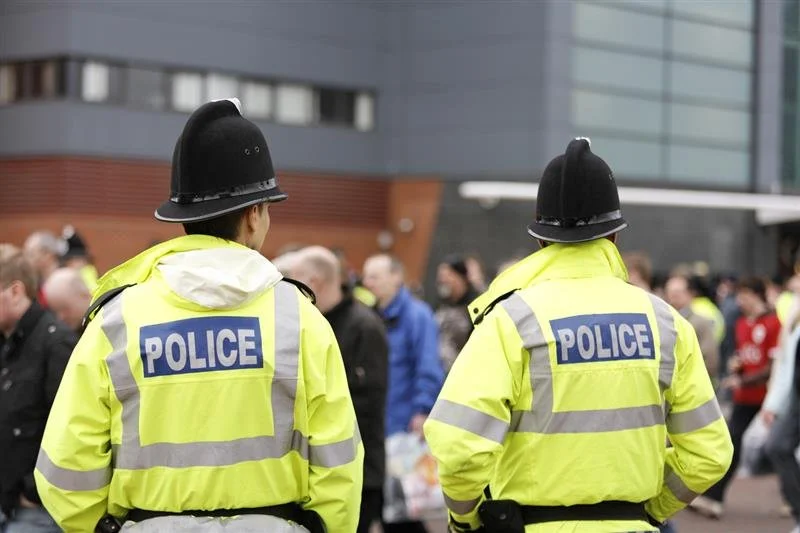Who Pays to Protect the Public?
Theatres, Terror Legislation, and the Cost of Safety
On Friday, I joined a webinar hosted by Theatres Trust, where industry leaders gathered to discuss the implications of Martyn’s Law—the new counter-terrorism legislation named in memory of Martyn Hett, one of the 22 victims of the Manchester Arena bombing in 2017. The law, which received Royal Assent in April and is expected to come into force by 2027, will require venues across the UK to implement new safety measures to protect the public from potential attacks.
No one in the arts disputes the importance of safety. We all want to protect our audiences, our teams, and the communities we serve. But what left many of us reeling was the revelation that local authorities expect theatres to foot the bill for hostile vehicle mitigation (HVM)—bollards, barriers, and other physical defences—even when the land outside our venues isn’t ours to begin with**.
Let’s break that down:
- The rules are enforced by the Security Industry Authority (SIA)
- The land is owned by local councils
- And yet *heatres are expected to pay 100% of the cost
It’s a logic-defying triangle of responsibility that places the financial burden squarely on the shoulders of venues—many of which are already operating on a knife-edge.
A Disproportionate Impact on Smaller Venues
For larger commercial theatres, these costs may be absorbed with difficulty. But for **smaller venues, indie projects, and community-led spaces**, the implications are far more severe. These are the places that champion emerging talent, foster local storytelling, and serve as cultural lifelines in towns and cities across Wales and beyond. They are also the most vulnerable to rising costs and shifting regulations.
Theatres like Chapter Arts Centre, and countless others across the country are not just performance spaces—they are community anchors. To expect them to fund security infrastructure on land they don’t own, dictated by standards they didn’t set, is not only unfair—it’s unsustainable.
Outdoor Events at Risk
The ripple effect doesn’t stop at bricks and mortar. Outdoor festivals, street performances, and pop-up cultural events—many of which define the Welsh summer calendar—could become cost-prohibitive under the new rules. The very spontaneity and accessibility that make these events special may be lost in a sea of red tape and rising costs.
A Call for Shared Responsibility
What’s needed now is a meeting of minds. A collaborative, multi-agency approach that recognises the shared responsibility of keeping the public safe. Local authorities, central government, and the cultural sector must come together to create a dedicated fund—one that supports smaller venues and ensures that compliance with Martyn’s Law doesn’t come at the cost of cultural survival.
We cannot allow safety to become a luxury that only the well-funded can afford. If we do, we risk hollowing out the very heart of our cultural landscape.
Theatres are not the enemy here. They are our storytellers, our safe spaces, our stages for joy, protest, and reflection. They deserve protection—but they also deserve support.

